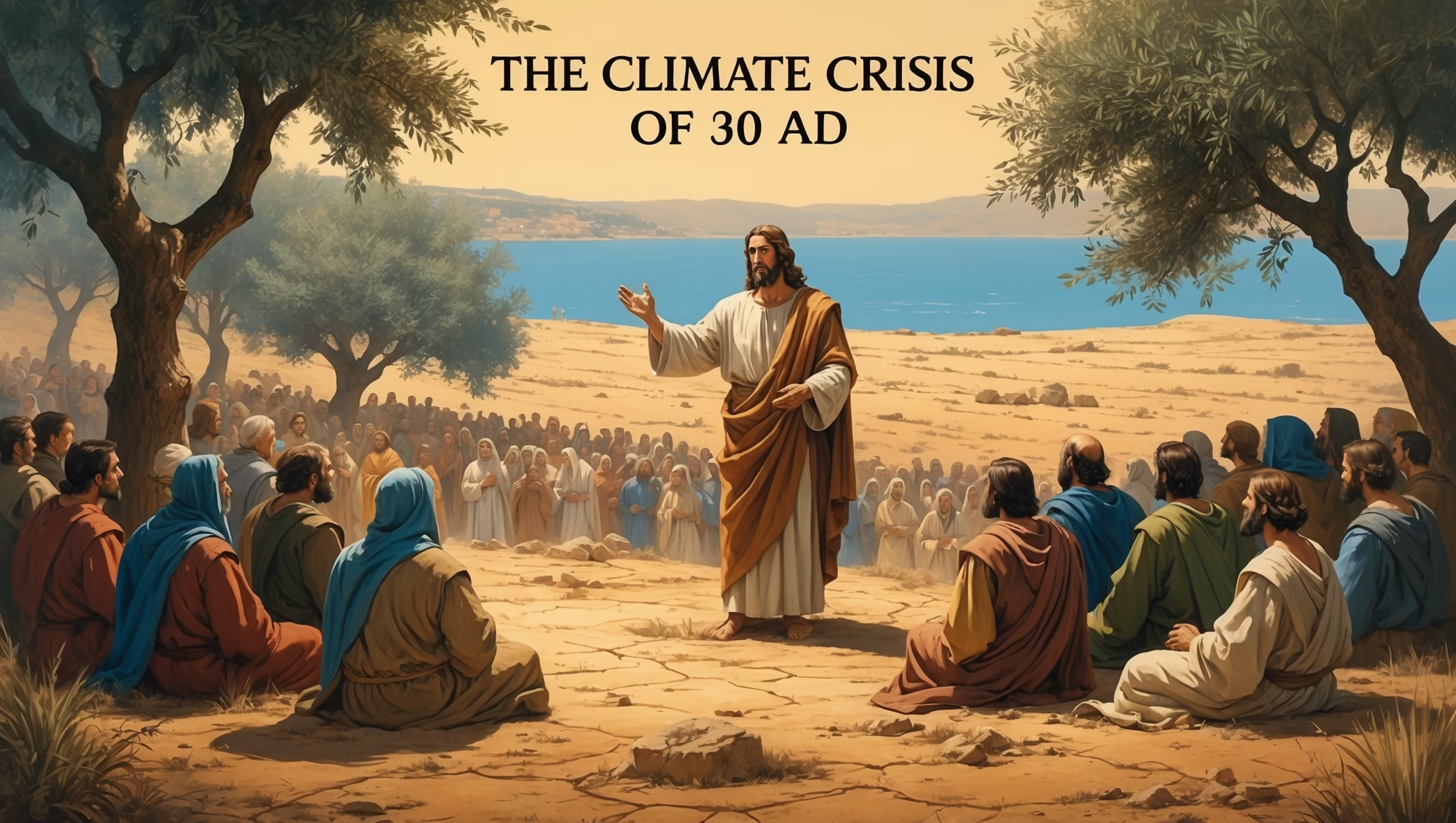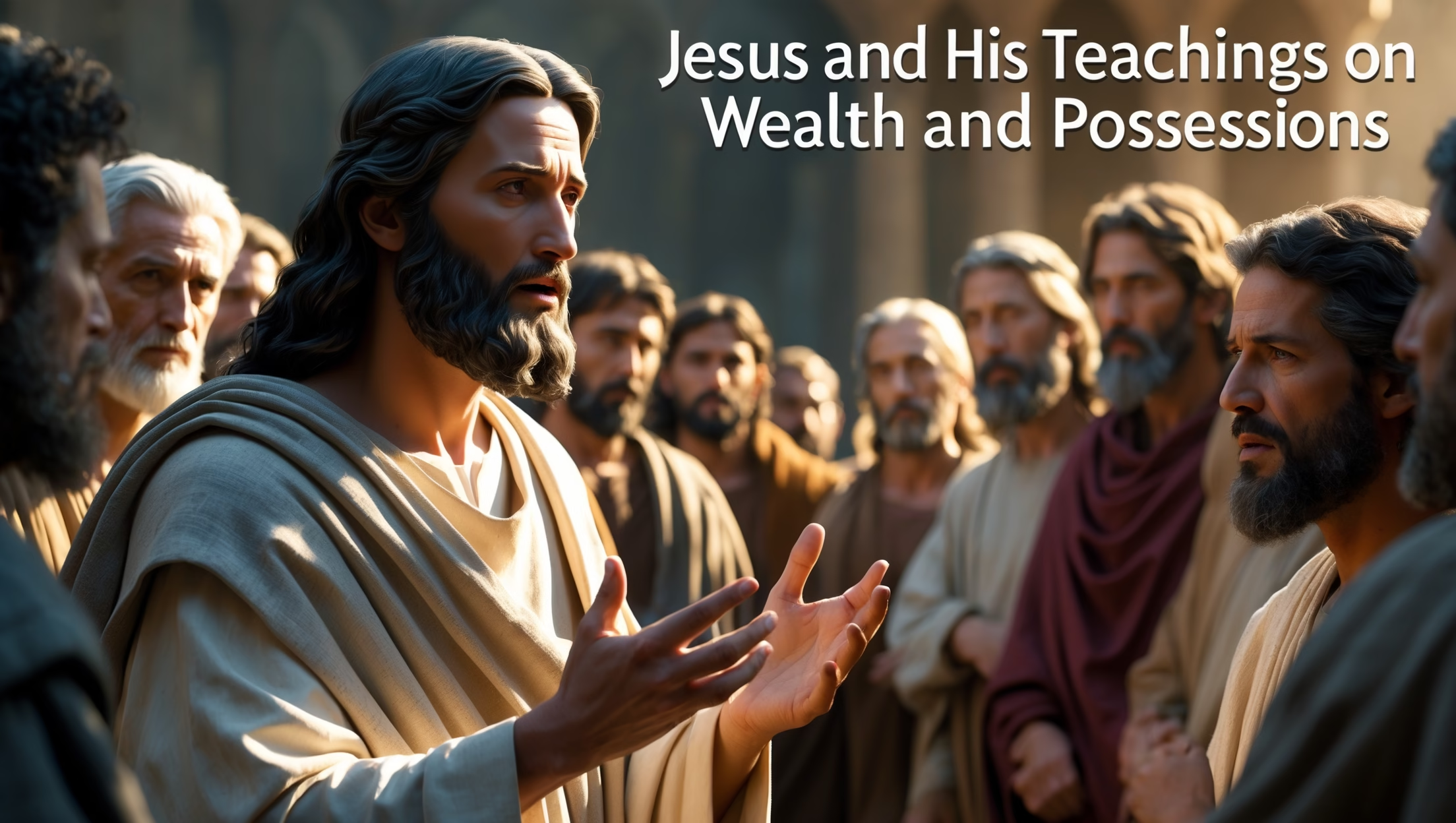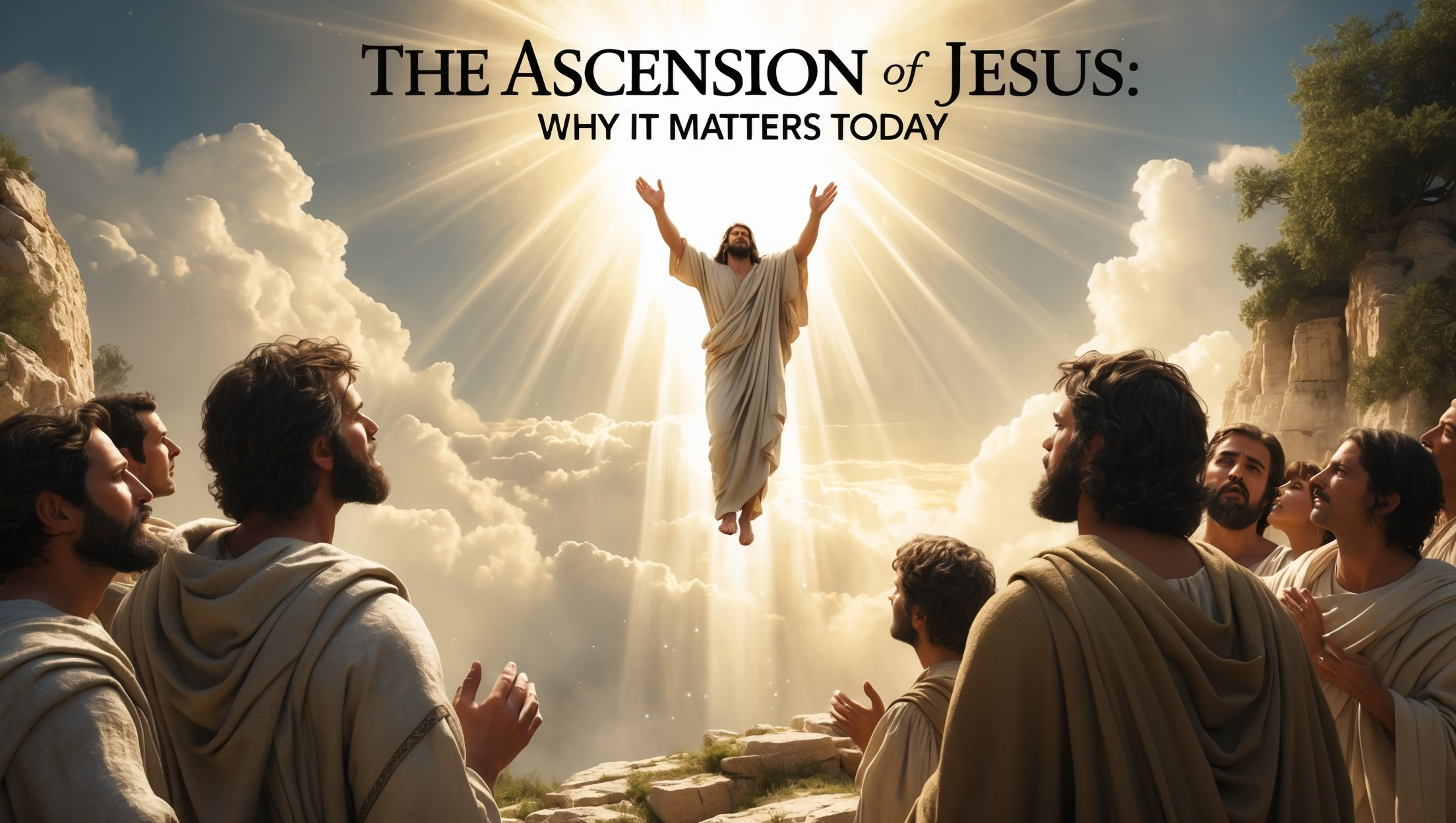How Drought Forged History’s Most Famous Sermon
Tree rings and lake sediments don’t lie—Palestine endured catastrophic droughts during the very years Jesus ministered in Galilee. Far from being an abstract backdrop, this climate crisis may have directly shaped His most radical teachings, parables, and miracles.
Paleoclimate Data: A Dry Land Gasping for Breath
Archaeologists and paleoclimatologists have uncovered striking evidence that between 26–36 AD, the years overlapping Jesus’ public ministry, the Levant faced a severe drought.
- Galilee Lake Sediments: Core samples from the Sea of Galilee reveal abnormally low water levels, pointing to a decade-long dry spell.
- Tree Rings in Olive Groves: Dendrochronological studies show reduced growth during this same window, consistent with repeated harvest failures.
- Regional Dust Deposits: Studies of Dead Sea sediment layers indicate heightened dust storms, suggesting parched conditions across Judea and Samaria.
For the peasant farmers of Galilee—already squeezed by Roman taxation and land seizures—this environmental collapse was not merely inconvenient. It was existential. The drought forced migration, worsened inequality, and pushed subsistence households to the edge of starvation.
This is the world into which Jesus proclaimed, “Blessed are the poor.”
A Fig Tree With No Fruit: The Drought in Jesus’ Parables
The Gospels preserve parables that take on fresh urgency when set against this ecological backdrop.
- The Barren Fig Tree (Luke 13:6–9): Traditionally read as a metaphor for repentance, this parable likely resonated with farmers who had seen entire groves wither from lack of rain. The frustration of finding “no fruit” was not abstract—it was painfully real.
- Daily Bread (Matthew 6:11): When Jesus taught His disciples to pray “Give us this day our daily bread,” the request was more than symbolic piety. In a land of failed harvests, bread was precarious, never guaranteed. The Lord’s Prayer may well have been a survival prayer in a time of scarcity.
- Water and Life: From His encounter with the Samaritan woman at the well (John 4) to His promise of “living water,” Jesus’ imagery reflected a culture where wells might run dry at any moment. For villagers trudging miles in the heat for a jar of water, the metaphor struck with visceral clarity.
The drought sharpened His language, making physical hunger and thirst metaphors for spiritual longing.
Economic and Social Impact: Why Crowds Followed
The Gospels frequently note that “large crowds followed Him” (Matthew 4:25). Why were thousands willing to abandon fields and villages to hear a rabbi preach in the wilderness?
Part of the answer lies in economic collapse driven by climate stress. Failed olive harvests and withering grain fields left families with little to lose. Some became climate refugees, seeking food, healing, or even just hope.
This sheds new light on passages such as:
- Acts 2:44–45: “All the believers were together and had everything in common. They sold property and possessions to give to anyone who had need.” The radical sharing in the early church was not only theological but also practical—a survival strategy in the face of food insecurity.
- The Feeding of the 5,000: Instead of merely a miracle of abundance, this scene may reflect a desperate crowd of hungry peasants. The multiplication of bread and fish offered a tangible sign of provision in a time of famine.
Seen this way, Jesus’ ministry directly addressed the ecological despair of His people.
Miracles in Context: Water, Bread, and Storms
Jesus’ most famous miracles gain fresh resonance when placed in a drought-ravaged world.
- Walking on Water (Mark 6:45–52): Far from being an abstract display of power, this miracle carried meaning for Galilean fishermen whose livelihoods were collapsing. As fish stocks dwindled in shrinking lakes, Jesus’ dominion over the waters testified to divine authority over their economic survival.
- Turning Water into Wine (John 2): A wedding feast threatened by shortage becomes a symbol of abundance in a time when drought made even daily drink uncertain.
- Calming the Storm (Mark 4:35–41): With drought often broken by sudden, violent storms, Jesus’ command of wind and waves spoke directly to the precarious relationship between humans and nature in first-century Palestine.
Every miracle reflected a world where bread, water, and harvests were under constant threat.
Theological Impact: Creation Groaning
Paul’s later words in Romans 8—“The whole creation has been groaning as in the pains of childbirth”—take on new depth when read in light of this climate stress. The people of Judea lived in intimate awareness of creation’s fragility.
Jesus’ vision of the Kingdom of God promised not only spiritual renewal but also an end to the ecological curses echoing since Eden:
- Withered fields restored.
- Thirst quenched by living water.
- Bread multiplied for all.
The climate crisis of 30 AD was not simply backdrop but catalyst for a theology where God’s reign meant abundance, peace, and justice in a land starved of all three.
Modern Parallels: From Galilee to Global Warming
The plight of first-century Galileans mirrors that of millions today. Just as drought forced migration and poverty in Jesus’ time, climate change now displaces farmers in Africa, South Asia, and the Middle East.
- Climate Refugees: The wandering crowds in Galilee are echoed today in Syrian farmers fleeing desertification or sub-Saharan communities uprooted by famine.
- Water Scarcity: Jesus’ promise of “living water” resonates anew as 2 billion people lack reliable access to safe drinking water.
- Daily Bread: Global food insecurity, worsened by erratic weather, gives urgent relevance to the Lord’s Prayer in the 21st century.
Reading the Gospels through the lens of climate disruption reminds us that Jesus addressed not only spiritual hunger but also ecological despair. His words continue to challenge us: if the Kingdom of God is good news for the poor, what does it mean in an age of global drought?
Conclusion: A Drought That Shaped the Divine Word
The climate crisis of 30 AD may have been one of history’s most overlooked forces. It shaped parables, sharpened metaphors, drew crowds, and gave flesh-and-blood urgency to Jesus’ proclamation of God’s Kingdom.
When He blessed the hungry and promised water that never runs dry, He was not speaking into abstraction. He was speaking into dust, famine, and thirst.
Today, as we face our own climate emergency, the Gospels remind us that divine hope is not escapist. It is incarnational—meeting us where creation groans most loudly.
From Nazareth’s parched hills to our warming planet, the Word of God still speaks.










